John Deere involved the customer in the design of the 6230R and 6250R right from the concept rather than the prototype stage, which they say allowed an unbiased view on what the tractors should be like.
John Deere employed the knowledge of 10 major agricultural contractors from around Europe, who between them operate 255 tractors of various makes and employ a total of 428 people, to help design these all-round tractors.
Demand for a lightweight powerful tractor became apparent after the launch of the 6R in 2011. Although John Deere offers 230hp and 250hp in its 7R range, customers found these too large, being designed for more heavy-duty arable tasks rather than being an all-rounder, which is a must in modern contracting.
The 6230R and 6250R, with standard power outputs of 230hp and 250hp respectively, are a result of a development process that began in 2013.
Make no mistake, these are not revamped models. They are two completely new tractors which will be going into full production starting next summer with retail prices of €246,779 for the 6230R and €257,302 for the 6250R.
These additions extend the 6R series to a total of 11 models, offering customers an option to suit various requirements.
Engine
Underneath the bonnet sits a 6.8-litre PowerTech PSS engine, fitted with dual turbochargers. This is the same power unit used in the larger 6R series, but has been strengthened in numerous places, such as the crankshaft and pistons, to handle the increased power making it the same engine used in the smaller 7R series.
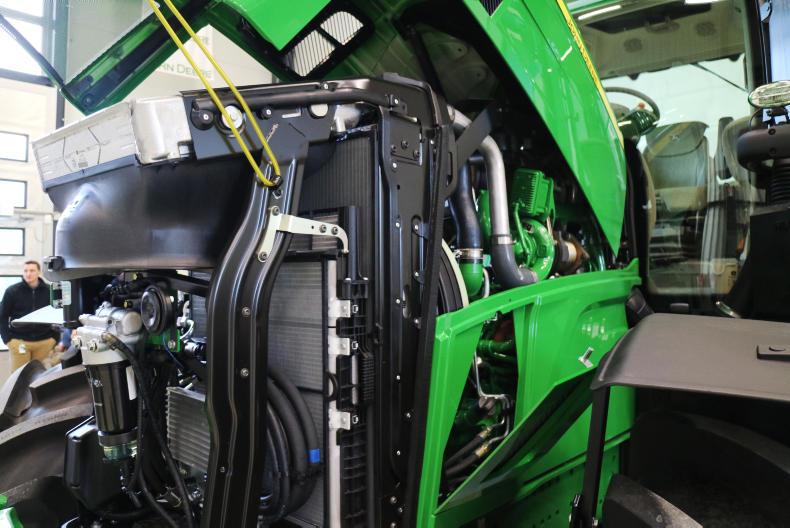
Tier 4 final emission regulations are taken care of by DPF (Diesel Particulate Filter) and SCR (Selective Catalytic Reduction) technology, which John Deere claims responds quickly to changing loads and helps reduce fuel consumption.
The 6230R has a rated output of 230hp, while the larger 6250R has a rated output of 250hp. These figures can be pushed up to 280hp and 300hp respectively courtesy of a 50hp boost. Weighing in at 9,300kg, this gives the new models a power to weight ratio of 31kg/hp.
More horsepower means more heat. To tackle this, the new models are fitted with larger aluminium cooling packs and a viscous-driven fan, which only kicks in when necessary to save fuel.
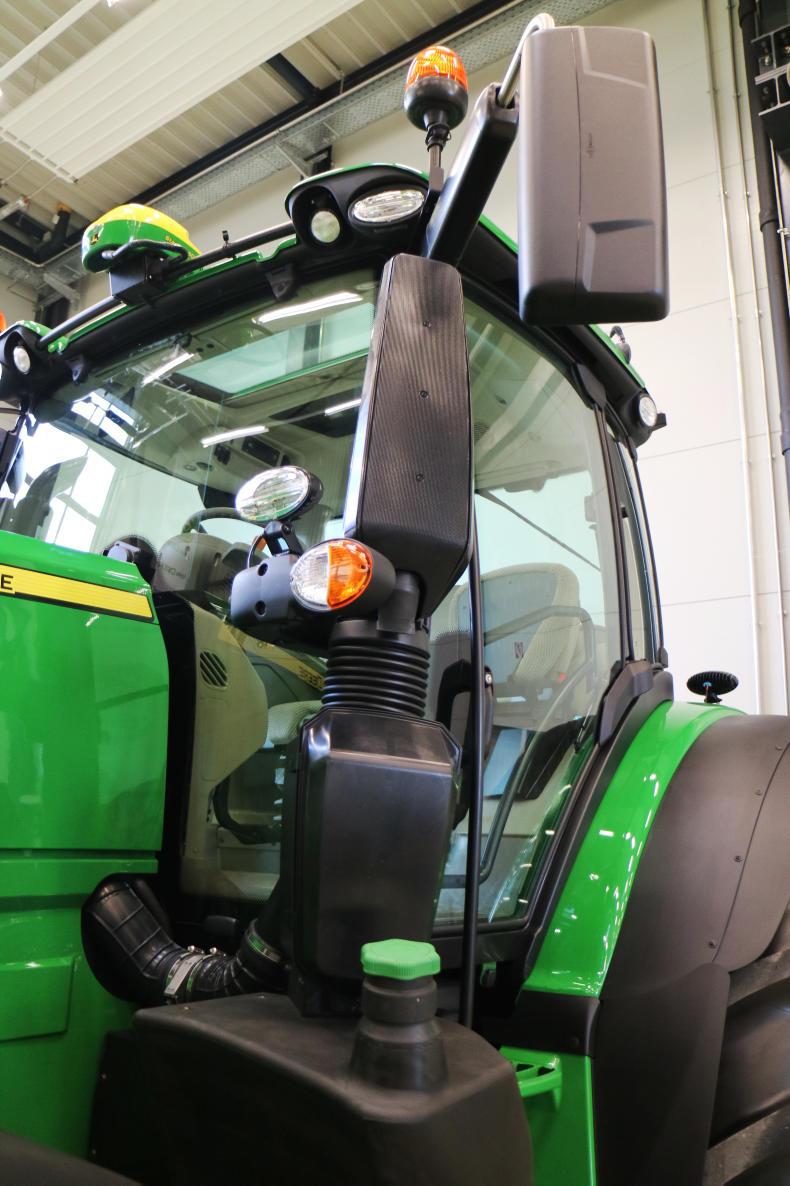 To make room for the larger cooling system, the bonnet had to be raised 100mm along with the overall height of the tractor in order to maintain visibility. The air intake and air cleaner have been relocated to the cab’s left-hand A-pillar where, surprisingly, they do not obstruct your view, but do take away from the overall style of the tractor.
To make room for the larger cooling system, the bonnet had to be raised 100mm along with the overall height of the tractor in order to maintain visibility. The air intake and air cleaner have been relocated to the cab’s left-hand A-pillar where, surprisingly, they do not obstruct your view, but do take away from the overall style of the tractor.
To further help reduce fuel consumption, the RPM automatically drops when the maximum road speed is reached – to 1,630rpm at 50km/h and 1,300rpm at 40km/h.
In order to release the maximum horsepower for transport applications, the tractors have to be travelling above 13km/h, at which point the extra power boost kicks in gradually, while the full power is available above 15km/h. For PTO work, full power is available from 1km/h and above.
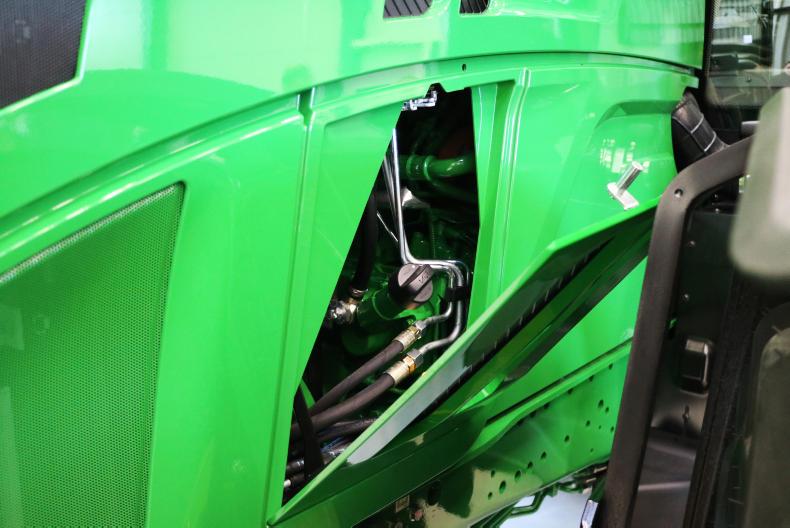
A new maintenance hatch on the side of the bonnet allows better access to the engine dipstick and oil filler, making daily service checks easier. For those who want to make it even easier, an electronic system for checking the oil and coolant levels can be specified as an option.
The new tractors are only available with the John Deere AutoPowr continuously variable transmission (CVT), which has been beefed up to cope with the extra horsepower.
The ZF Eccom 2.9 is now used instead of the 2.4, which is fitted in the 6215R. This larger transmission adds 100mm to the wheelbase, increasing it to 2.9m. To help save weight and still maintain strength, the rear differential is now made from high-ductile cast steel.
CommandPro Joystick
The most noticeable change inside the new 6R models is the introduction of the all-new CommandPRO joystick that fits nicely in your hand and features 11 programmable buttons which all fall easily to your thumb and fingers. These buttons can be configured to control different functions such as the hitch, PTO, hydraulics and AutoTrac.
Operators can choose to use the joystick, foot pedal or a combination of both.
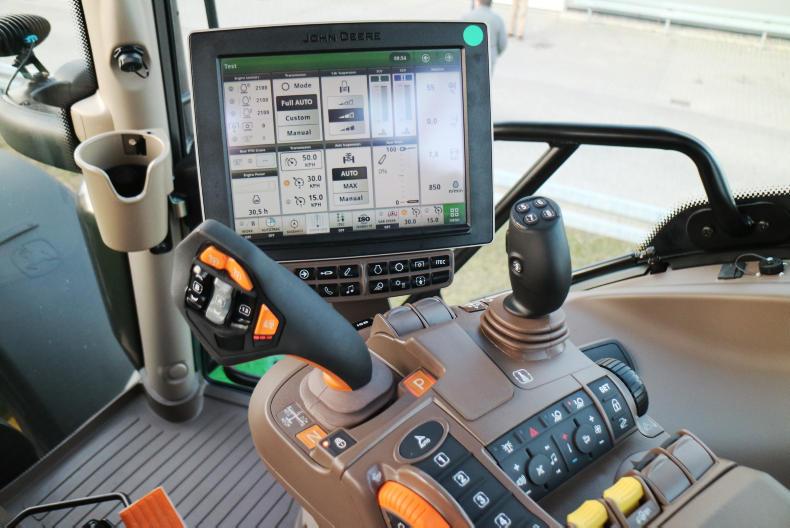
Top speed can be achieved in one motion by pushing the joystick forward through a detent. Similarly by pulling the joystick backwards through the detent, the tractor will coast to a stop by using a combination of transmission and engine braking. Speeds of 0 to 2km/h can also be achieved by using the creeper control function.
There is now no need for an external ISOBUS joystick as the driver can also operate the tractor and ISOBUS functions simultaneously with the CommandPRO. It is rumoured that in the future the CommandPRO concept will filter throughout the entire tractor range and possibly even self-propelled foragers and combines.
Uprated performance
To satisfy the contractors’ need for a light but powerful tractor, the front and rear linkage lift capacities have been uprated to 5t and 10.4t respectively.
In addition, a Category III top-link is now available for the front linkage, which can be specified with a 154hp PTO and two double-acting spools valves.
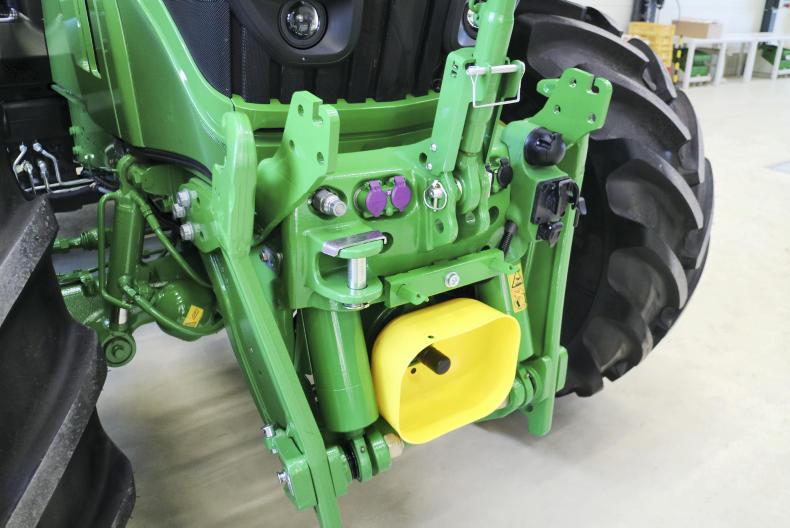
At the rear, dual-sway hydraulic stabilisers are now available as an option. Switching between Category II and III has now been made easier by using a pin for the linkage width adjustment.
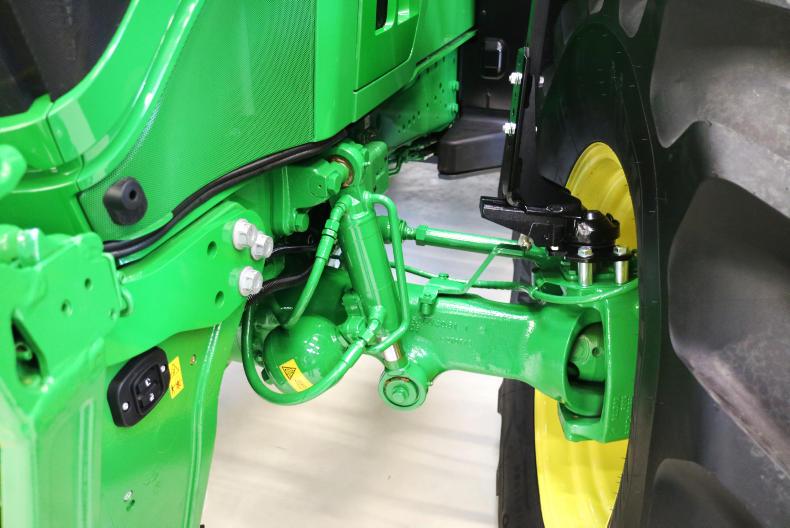 Up front, the axle and suspension has had to be uprated to cope with the extra lift capacity. Double-acting outboard suspension cylinders, similar to those found on the larger 7R, are now used, offering up to 100mm of suspension travel.
Up front, the axle and suspension has had to be uprated to cope with the extra lift capacity. Double-acting outboard suspension cylinders, similar to those found on the larger 7R, are now used, offering up to 100mm of suspension travel.
Hydraulics
Keeping in line with the upgrades, the hydraulic flow is also increased to 160l/min at 1,500rpm on the new models, which are fitted with a pressure and flow compensated hydraulic system.
Oil takeout has also been increased to 80 litres, which is facilitated by the addition of an extra tank. Similarly, the fuel tank capacities have been increased by adding an additional tank on the left-hand side, bringing the total to 470 litres.
These new models use the same rear-end structure as the other large-framed 6Rs, which allows them to be specified with up to six spools or five spools and power beyond. In addition, an ABS socket can be added to either configuration.
John Deere has listened to its customers’ needs by employing them in all stages of the 6230R and 6250R’s development. This has given the manufacturer an insight into what the man on the ground actually wants in a tractor. The result is a machine which boasts an impressive spec and performance, but in a lightweight and nimble package.
Modern agricultural contractors need a one-size-fits-all tractor that is happy doing both light and heavy work. The new John Deere 6230R and 6250R seem to tick all the boxes and will undoubtedly prove a popular option here in Ireland when released next year.
However, with retail prices of €246,779 for the 6230R and €257,302 for the 6250R, they are certainly not cheap when you consider the smaller 6215R comes in at €231,075 and the larger 7250R at €250,293, which may prove a problem for some loyal John Deere customers.

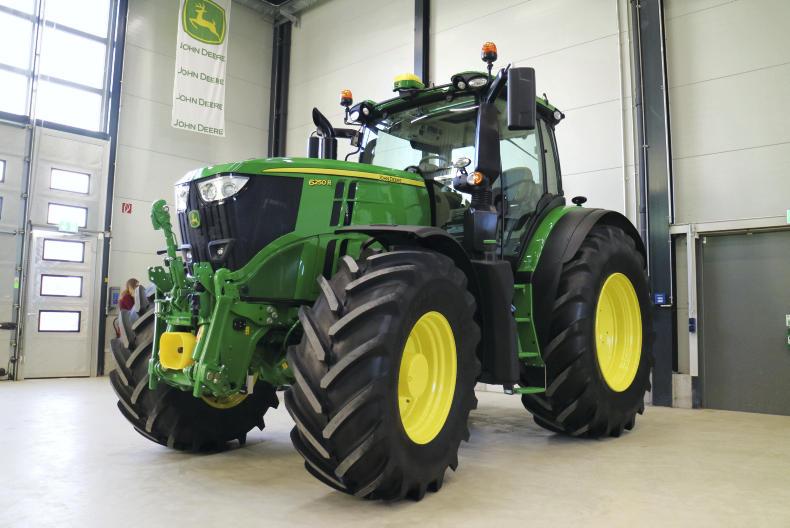




 This is a subscriber-only article
This is a subscriber-only article














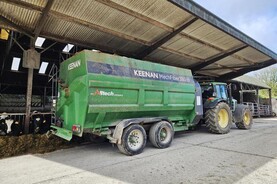
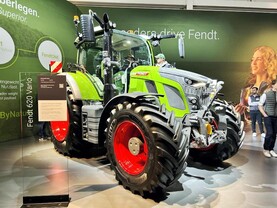


SHARING OPTIONS: